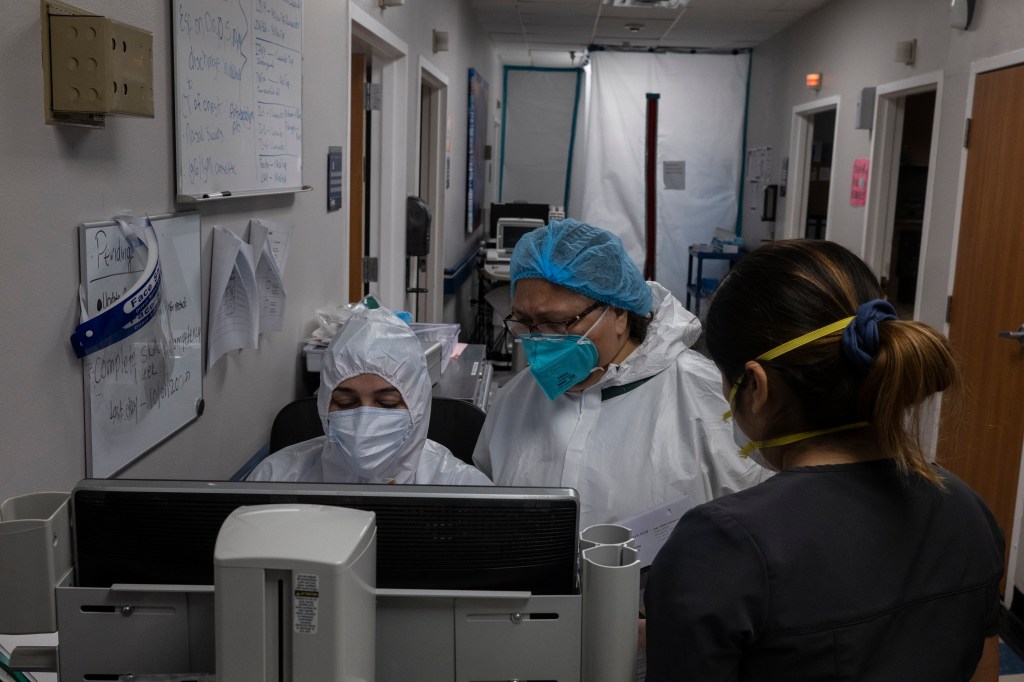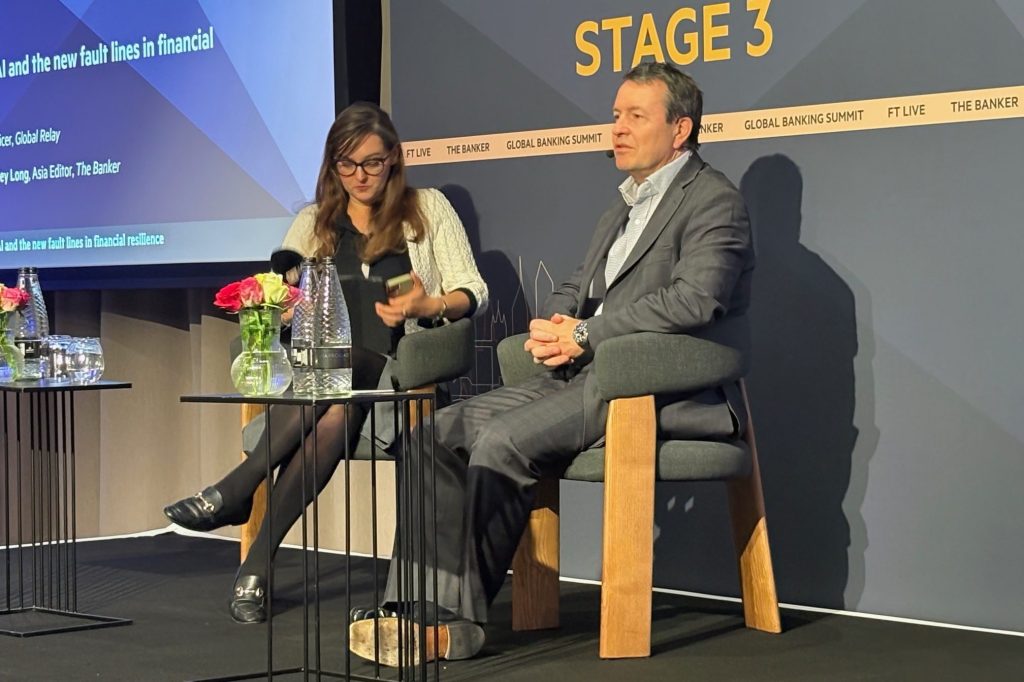At a glance
• The PRA has published its Policy Statement (PS6/23) on Model Risk Management. The policy and accompanying Supervisory Statement (SS1/23) come into force on May 17, 2024.
• The definition of a model and the high-level principles have not changed from the consultation paper (CP6/22). Changes to the detailed content
Register for free to keep reading.
To continue reading this article and unlock full access to GRIP, register now. You’ll enjoy free access to all content until our subscription service launches in early 2026.
- Unlimited access to industry insights
- Stay on top of key rules and regulatory changes with our Rules Navigator
- Ad-free experience with no distractions
- Regular podcasts from trusted external experts
- Fresh compliance and regulatory content every day












